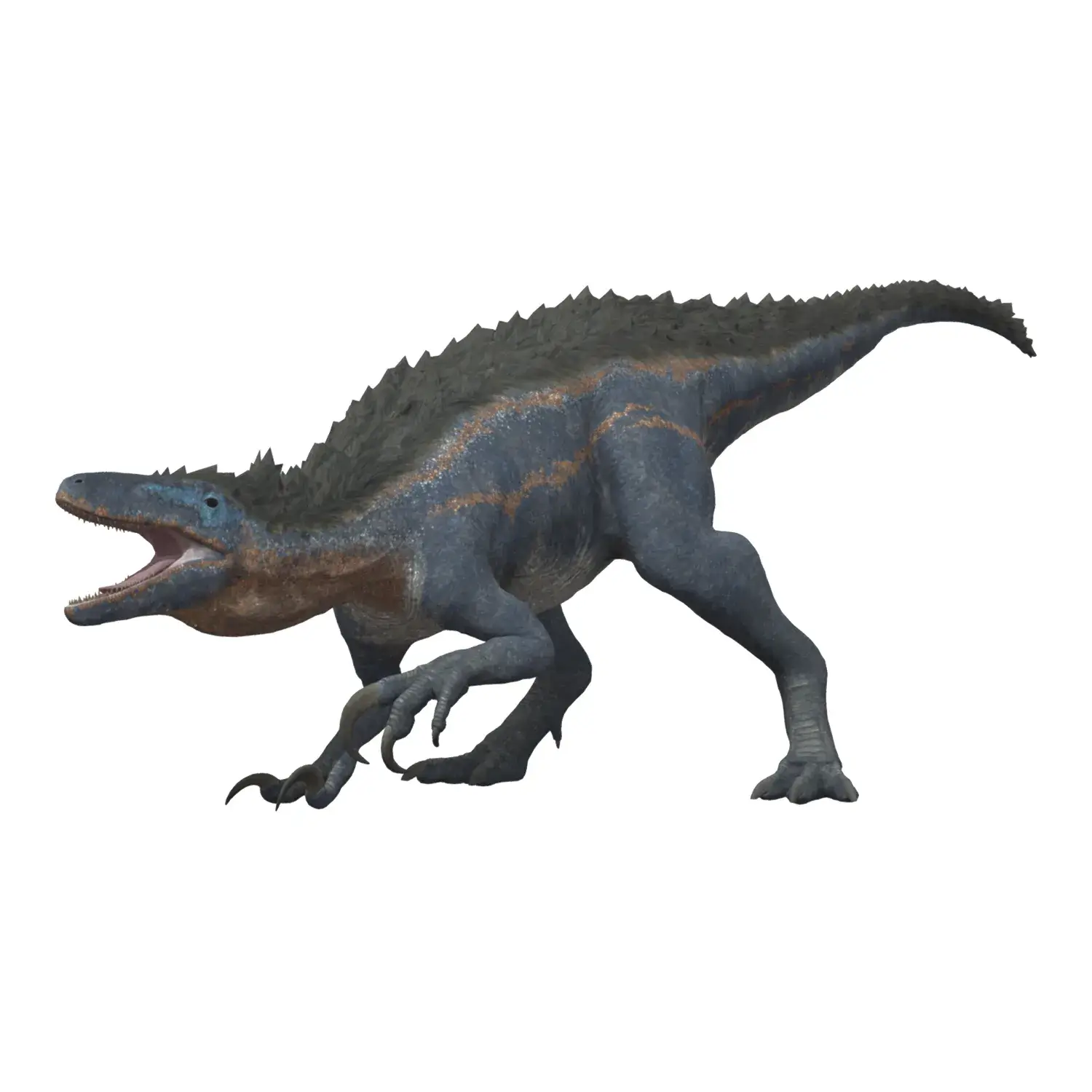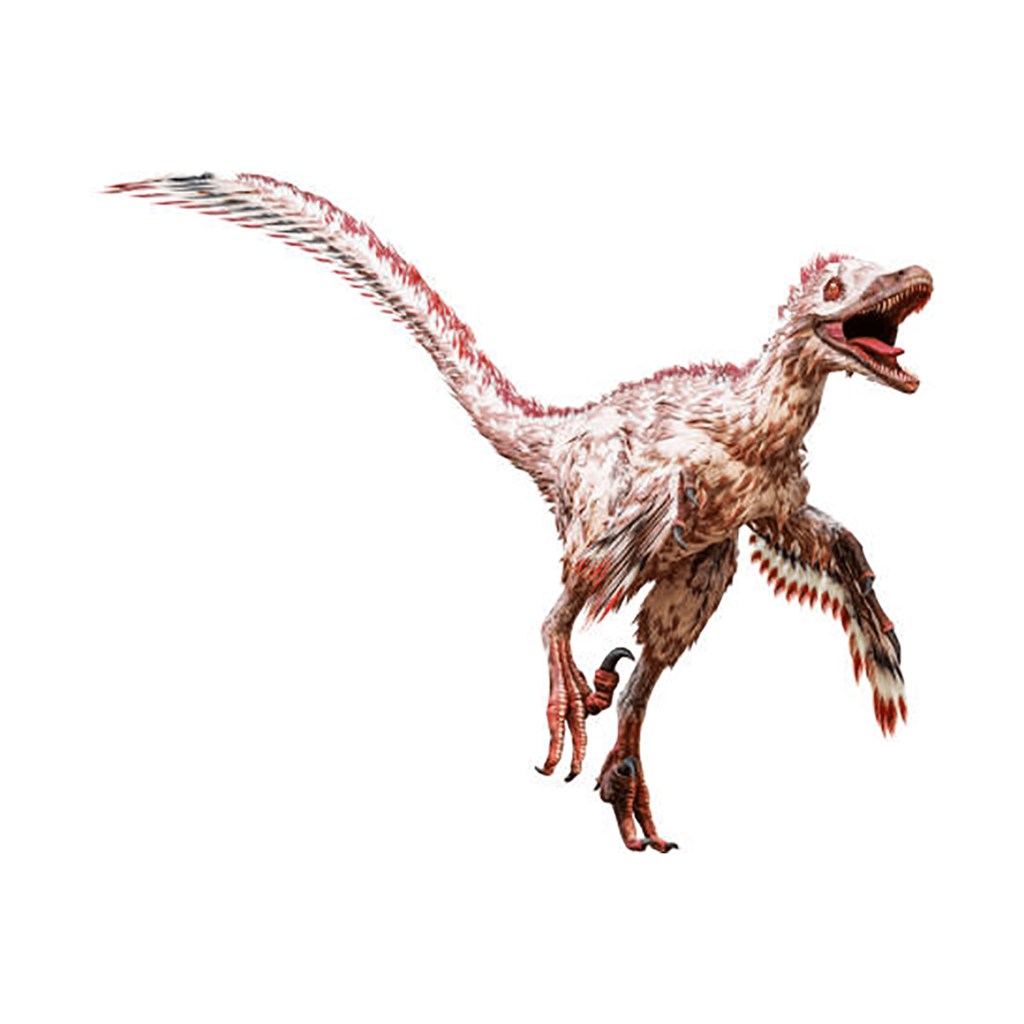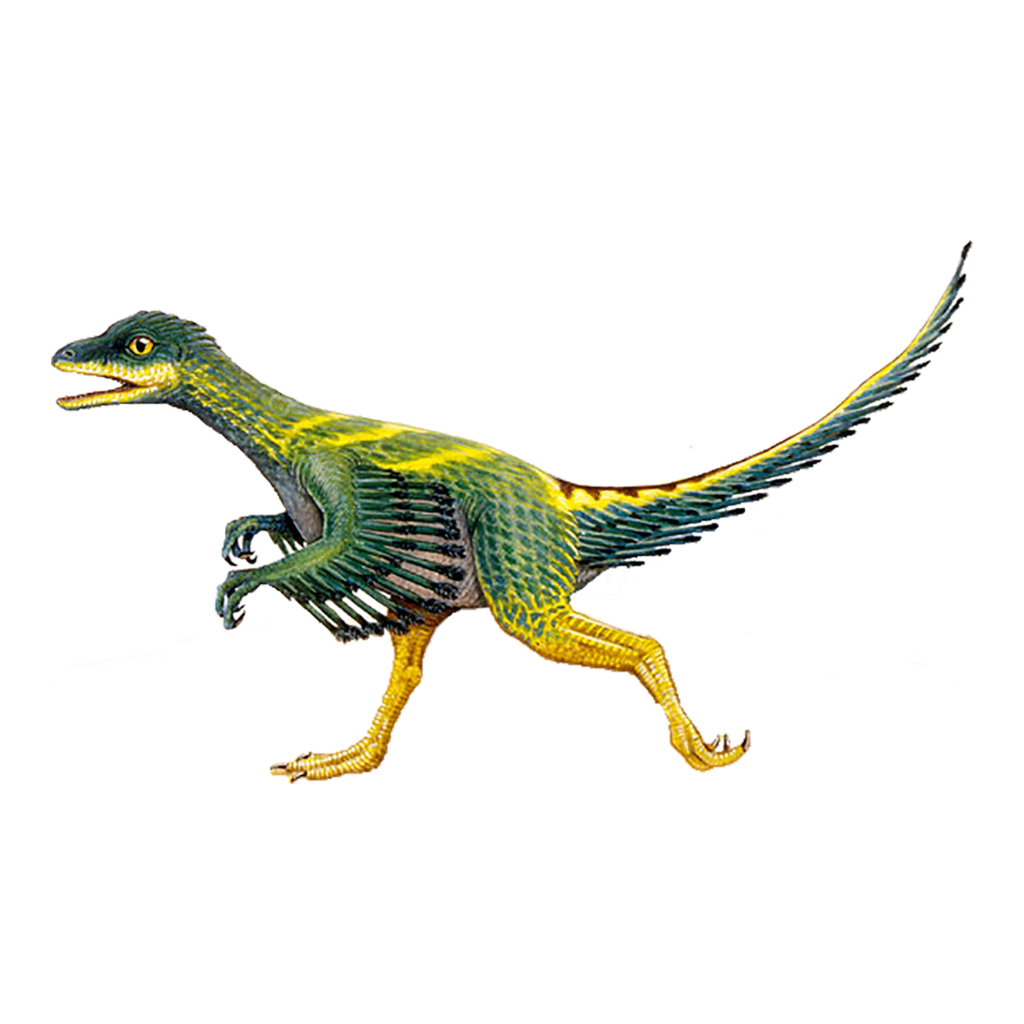Irritator
Name Origin
The Provoker
Family
Spinosauridae
Classification
Diapsida, Saurischia, Theropoda
Habitat (Discovery Location)
Brazil
Period
110 million years ago (Early Cretaceous)
Length
Approximately 6 to 8 meters
Weight
Approximately 1 ton
Diet
Carnivore (Meat-eater)





















Description
Irritator was a piscivorous dinosaur belonging to the Spinosauridae family that lived in Brazil during the Early Cretaceous period.
Its name, meaning “the provoker,” is known as a very unique story in the paleontology community.
A Name Born from Irritation
Irritator was discovered around 1990.
The story began when German scientists discovered a fossil that was modified and sold by a smuggler who was illegally trading fossils in Brazil.
The skull they purchased had been horribly altered with artificial wounds, traces of acid, and unnaturally glued parts.
The enraged scientists named it “Irritator,” which means “the provoker.”
Appearance and Diet
Irritator’s long, conical teeth and long, protruding face were similar to Spinosaurus, but its snout was more slender.
Its head was similar to a pterosaur’s, and it had a crest.
Its mouth was long and narrow, like a crocodile’s, and it had teeth well-suited for catching fish.
Since its fossils were discovered in geological layers where many pterosaur and fish fossils are found, it is believed to have been a semi-aquatic dinosaur that caught fish in shallow waters.
However, a pterosaur bone with what appears to be its tooth marks has been found, suggesting it also ate other animals when necessary.
It was the smallest of the spinosaurids, and its build was very similar to Baryonyx.
A New Discovery and a “Hero”
For many years, it was a mysterious dinosaur known only from its skull, but it was later found that Angaturama was the same species as Irritator.
This revealed the existence of its claws, finger bones, and pelvis, and its complete appearance is gradually being clarified.
Incidentally, Angaturama means “hero” in the Tupi language.
This is a somewhat ironic story, given the name Irritator, which was born from irritation.
This unusual discovery reveals a darker side of the paleontology community while providing important clues about the unique characteristics of Irritator to the modern world.